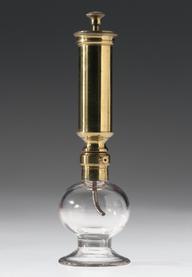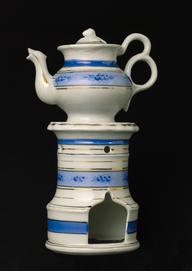


Prototype of the Universal Patient Gown designed by Ben de Lisi and made by Silverseed, United Kingdom, c. 2009
Patient gowns have long been part of the patient’s experience of hospitalisation. Traditional gowns open at the back, exposing the skin and showing parts of the body that people may not be comfortable with. Many staff report that people prefer to wear two gowns, which although may be better for patients, puts increased pressure on NHS resources.
In partnership with the Design Council’s project Design for Patient Dignity, fashion designer Ben de Lisi designed a new Universal Gown that opens and closes using polymer press studs around the edge of the gown. IV lines can be attached in between press studs so the skin is not exposed. As the gown is reversible the press studs can be on either side of the patient’s body. The gown opens completely and additional panels are available to suit all body types.
Ben de Lisi did a consultation with 30 hospital patients and staff, who fed in their experiences and knowledge. Originally the design used metal studs, but staff pointed out they could not be used in MRI scanners. 50 gowns were trialled at a London hospital. The gown was hoped to be part of a new range of patient wear including pyjama bottoms, wrap around fleece and a lightweight shoulder bag.
Details
- Category:
- Nursing & Hospital Furnishings
- Object Number:
- 2011-23
- Materials:
- textile (poly cotton and jersy)
- Measurements:
-
overall (estimated): 1500 mm x 800 mm
- type:
- gown
- credit:
- Ben De Lisi




